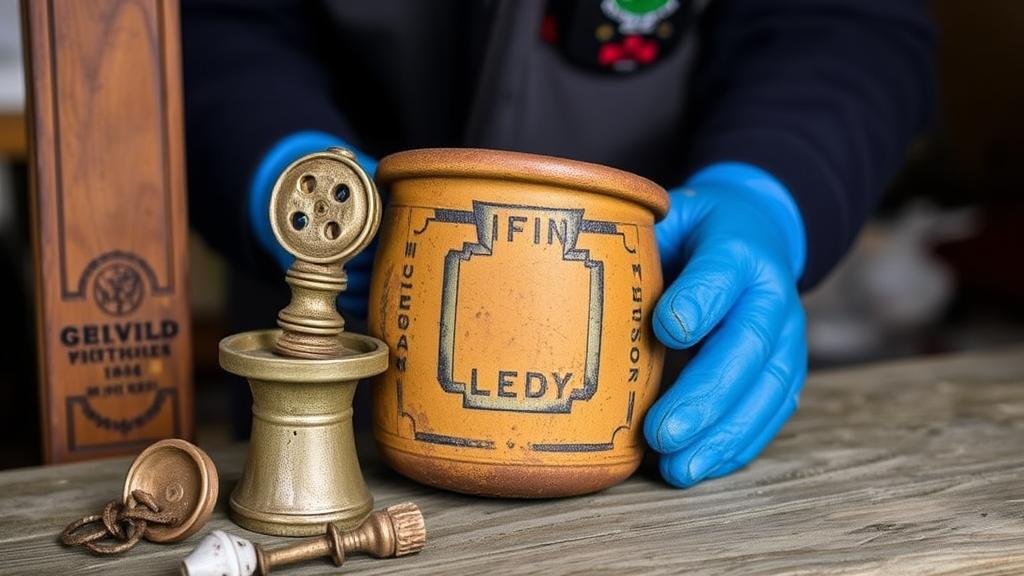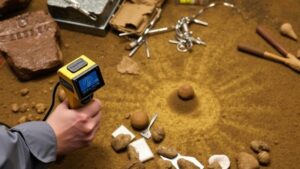Recovering Relics From Historic Lighthouse Grounds
Recovering Relics From Historic Lighthouse Grounds
Lighthouses have stood as beacons of safety and guidance for sailors navigating treacherous waters for centuries. Along with their practical purpose, these structures possess rich histories that reveal insights into maritime navigation, engineering, and community life. As such, recovering relics from historic lighthouse grounds not only preserves these legacies but also contributes to our understanding of historical maritime practices. This article explores the methodologies, case studies, and implications surrounding the recovery of such artifacts.
Understanding Historic Lighthouses
Before delving into recovery techniques, it’s vital to recognize what qualifies as a historic lighthouse. In the United States, the National Register of Historic Places recognizes lighthouses that are at least 50 years old and hold significance in American history, architecture, or engineering. Each lighthouse tells a unique story, influenced by its geographical location, the era it was built, and its operational significance.
The Significance of Relics
Relics from lighthouse grounds often include tools, navigational instruments, personal items belonging to lighthouse keepers, and architectural components. e artifacts serve various purposes:
- Cultural Heritage: They embody the maritime culture, illustrating the lifestyles of people who dedicated their lives to ensuring safe passage.
- Historical Value: Items such as old lenses, foghorns, or logbooks can provide insight into technological advances over time, allowing researchers to trace developments in navigation.
- Educational Use: Preserved relics can enhance educational programs, providing tangible links to history for students and visitors.
Methodologies for Recovering Relics
Archaeological Techniques
Recovering relics from lighthouse sites typically requires a combination of archaeological techniques and careful documentation. Archaeologists undertake a systematic approach that includes:
- Site Assessment: Initial surveys help determine the condition of the site and identify the types of artifacts present.
- Excavation: Controlled digs follow specific protocols to ensure layers of history are preserved. Each stratum can reveal data about the period of occupation or use.
- Rediscovery and Restoration: After artifacts are recovered, they are cleaned, preserved, and cataloged for further study or display.
Community Involvement
Engaging local communities in the recovery process not only fosters a sense of ownership but also helps in identifying significant historic items that may otherwise go unnoticed. Public history projects can include:
- Volunteer Programs: Inviting community volunteers to assist in excavations offers educational opportunities while building valuable skill sets.
- Public Workshops: These can focus on artifact recovery techniques and data documentation methods to spread awareness and appreciation for the preservation of maritime heritage.
Case Studies of Artifact Recovery
The Cape Hatteras Lighthouse
One notable case is the Cape Hatteras Lighthouse in North Carolina, which stands as one of the tallest brick lighthouses in the United States. In the late 1990s, during a relocation project to save the lighthouse from erosion, several artifacts were recovered, including original bricks, lenses, and tools used by former keepers. This recovery process provided essential data to understand the construction techniques and daily operations of historic lighthouse keepers.
The Point Reyes Lighthouse
Another significant case is the Point Reyes Lighthouse in California, where ongoing archaeological projects have unearthed various navigational tools, including foghorn components and oil lamps. This evidence highlights the integral role lighthouses played in maritime communication and safety. The recovered artifacts are now part of a permanent exhibit, offering visitors a glimpse into the past operations of the lighthouse.
The Future of Lighthouse Archaeology
Technological Advancements
The field of archaeology continually adapts to incorporate new technologies, such as ground-penetrating radar (GPR) and 3D scanning. These advancements allow archaeologists to survey sites non-invasively, identifying potential areas of interest without disturbing the ground. Such methods can not only streamline the recovery process but also minimize the ecological impact on historic lighthouse sites.
Regulatory Framework
It’s crucial to navigate the legal landscape surrounding artifact recovery. Local, state, and federal regulations govern the excavation and collection of artifacts, often requiring permits and adherence to preservation standards. Awareness of these regulations ensures ethical practices and facilitates cooperation among interested stakeholders such as historical societies, government agencies, and preservation organizations.
Actionable Takeaways
- Engage local communities in recovery projects to enhance interest and investment in preservation efforts.
- Use modern archaeological methods and technologies to optimize the recovery process.
- Adhere to regulatory frameworks to ensure ethical recovery practices and protect historical integrity.
To wrap up, recovering relics from historic lighthouse grounds serves not only to preserve artifacts of maritime heritage but also enriches our understanding of history and community identity. Through diligent archaeological practices and community involvement, these lasting legacies can continue to illuminate the past for future generations.



